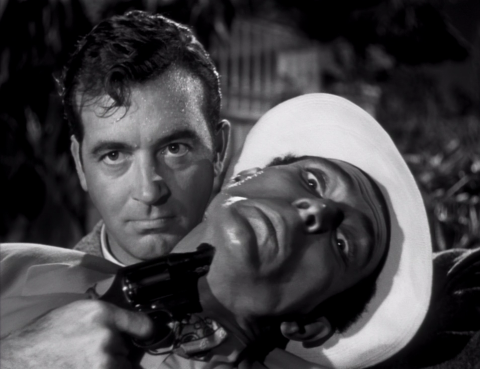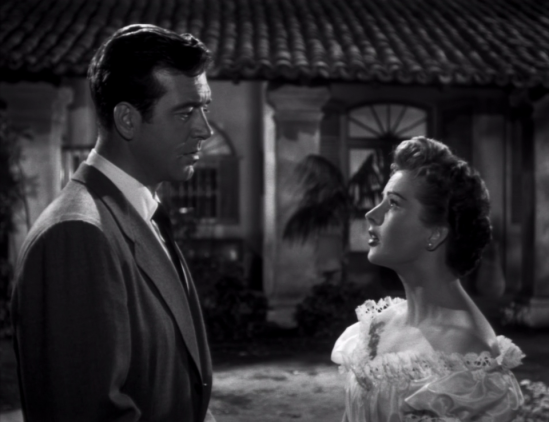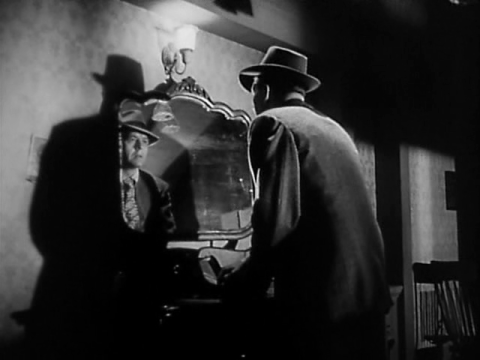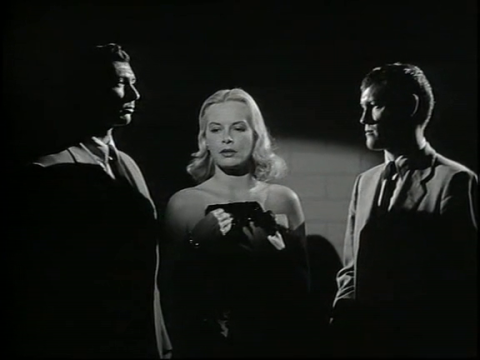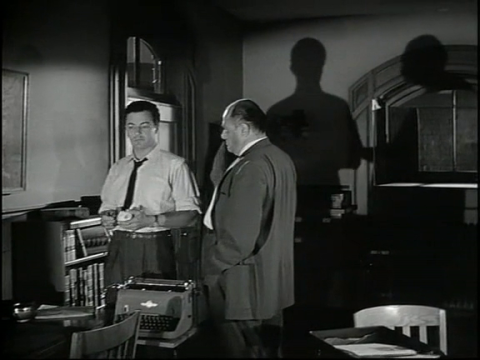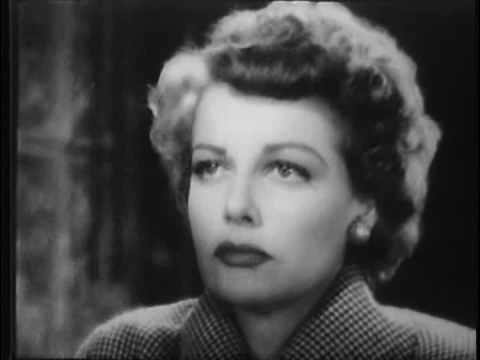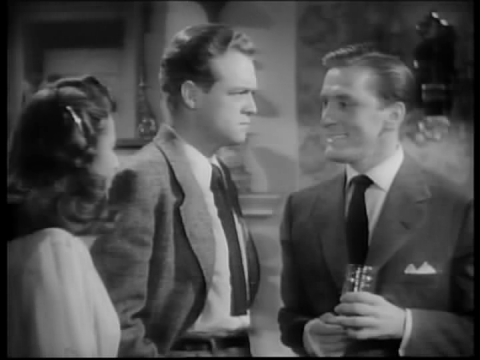As the 1940s turned into the 1950s, things happened with the film noir genre. It has something to do with the lighting, and with the camera angles. Perhaps there is something about the plots as well. Anyhow, a good example of this “new wave” of noirs is Kansas City Confidential.
The plot is superficially similar to one of Alfred Hitchcock’s favourites, where a man is falsely accused of a crime and has to clear himself of suspcion. In this case, however, the plot is twisted in several ways, not least because the accused is an old jail bird, and there really is no-one in the film who has an entirely clean consciousness. Well, except maybe Coleen Gray in the role of the romantic interest, although as a woman studying at law school, that role is interesting for being representative of the growing women’s rights movement.
There are quite a few films with the word “Confidential” in the title, but as far as I have been able to figure out, Kansas City Confidential may have been the first with a city name in the title. It must have been fairly popular, because Chicago Confidential, New York Confidential and others like it followed within the next few years.
This film is best enjoyed for the good actors and the wonderful characters. The plot is a bit weak at times, but those characters, along with solid directing, more than make up for that.
Kansas City Confidential
Download link
Year: 1952
Running time: 1 h 39 min
Director: Phil Karlson
Stars: John Payne, Lee Van Cleef
Image quality: Excellent
Resolution: High (960×738)
Sound quality: Good
Best file format: Matroska (4.4 G)
